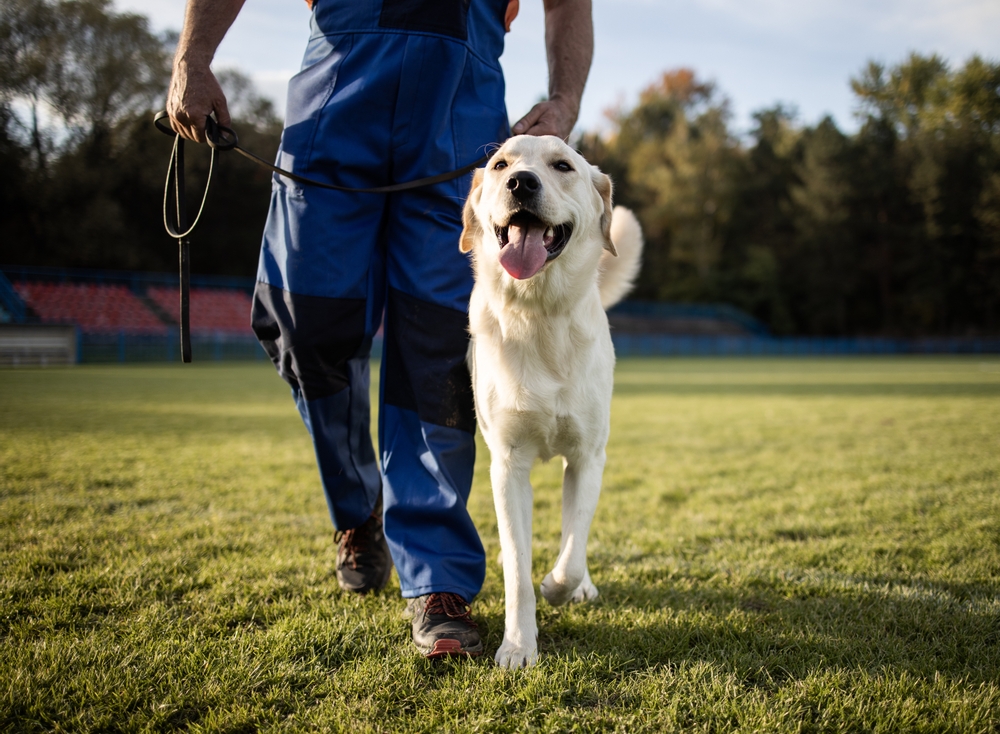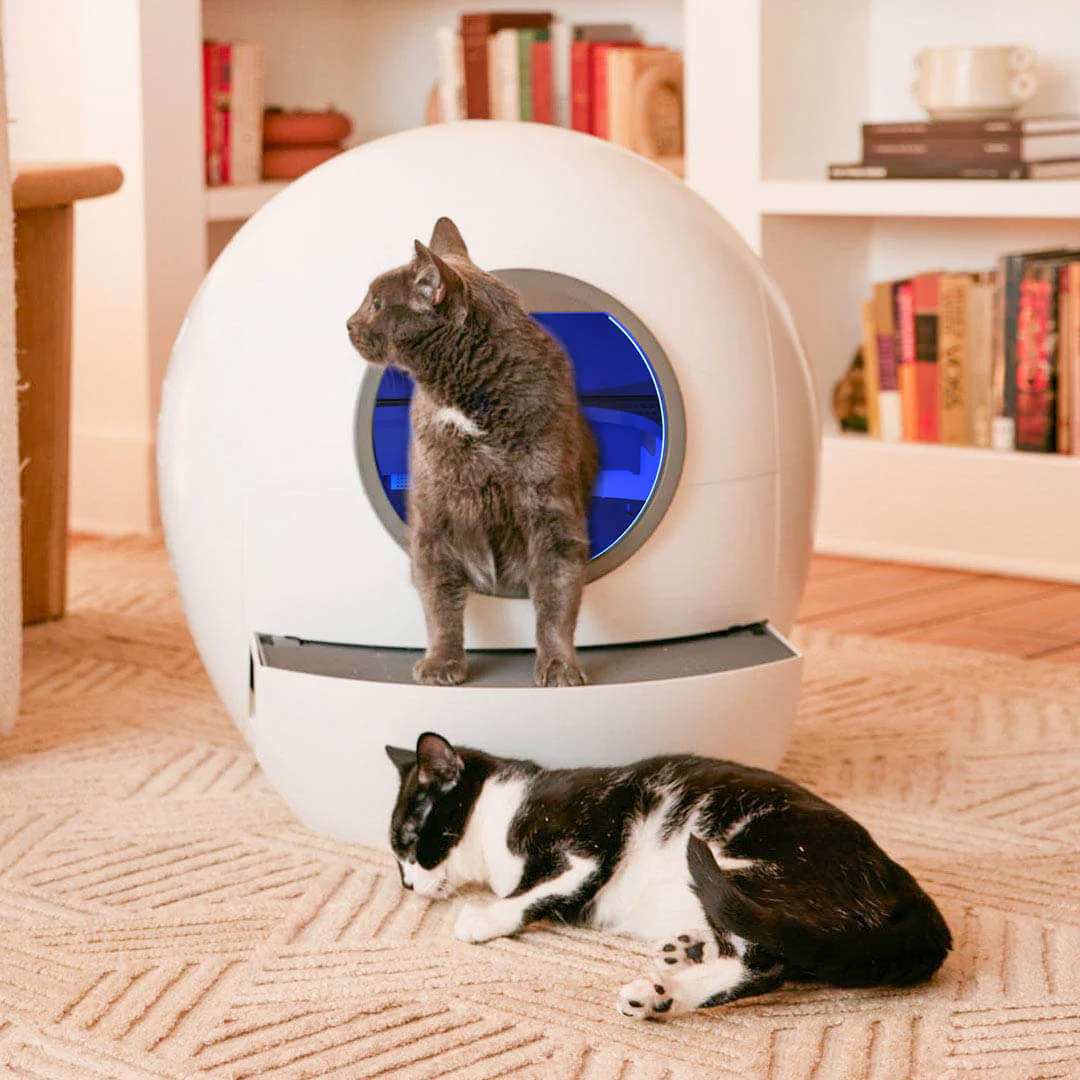The old saying goes – if it’s not broke, don’t fix it; however, tech is impacting every sector of our existence and dog training is no exception. While it’s built upon a foundation of simple commands and rewards, dog training is becoming more and more technologically driven. Innovations include tracking devices and training apps, making dog training more efficient, engaging, and accessible than it has ever been before. Along with rewarding good behavior with delicious trial dog food, there are many modern methods that can be employed in dog training, as detailed below.
Smart Collars and GPS Trackers
Perhaps the most significant development in the world of dog training technology is smart collars and GPS trackers. Not only do these devices allow dog owners to track their pets with ease, but they also help with training. For instance, smart collars can monitor dogs’ activity levels, track their movements, and even provide insights into their behavior patterns. Some of these collars have built-in accelerometers, which detect when a dog is running, walking, or resting. From this, owners are able to monitor their exercise routines and adjust training programs accordingly.
On the other hand, GPS trackers provide real-life location tracking, which can be incredibly valuable in the world of training. This is because they allow owners to set up virtual boundaries and receive alerts if their dog strays outside their designated area. This is an especially useful feature for off-leash training, as owners are able to ensure that their dogs have the freedom to explore while staying within their safe boundaries.
Training Apps and Online Platforms
It’s true that there’s an app for everything these days, and dog training is no exception. There are multiple apps out there for dog owners that provide step-by-step training guides, video tutorials, and progress tracking. This is without mentioning the apps that come with positive reinforcement techniques, using sounds and vibrations to signal correct behavior. As a result, training becomes more interactive and enjoyable for dogs.
Pupford and Dogo are just two of the apps out there that provide comprehensive training programs developed by professional trainers. With these platforms, dog owners are able to follow structured training plans, track their dog’s progress, and seek advice from experts. What’s more, some apps boast gamification elements, in which training sessions can become fun and rewarding experiences for dogs and owners alike.
Virtual Training Classes
Virtual training classes skyrocketed in popularity during the COVID-19 pandemic, and they remain a popular option for dog training. This is because dogs are able to learn from the comfort of their homes, which helps them with their progression. Typically speaking, virtual training classes involve live video sessions with trainers, in which they provide real-time feedback and personalized instruction. Not only does this make for more convenient training, but it also opens up opportunities for owners who don’t have access to local training facilities.
Zoom and Skype are just two of the platforms that are often used for virtual training sessions, in which the trainer can observe a dog’s behavior, demonstrate techniques, and provide guidance. There are even services out there that offer pre-recorded classes and webinars so that others can learn at their own pace.
Artificial Intelligence and Machine Learning
We’re seeing Artificial Intelligence weave its way into every facet of our existence, and dog training is no exception. AI-powered devices work to analyze a dog’s behavior and provide the required insights to tailor training programs to suit their needs. The CleverPet Hub is just one of the AI-driven training tools out there that stimulates a dog’s mind and reinforces positive behavior.












